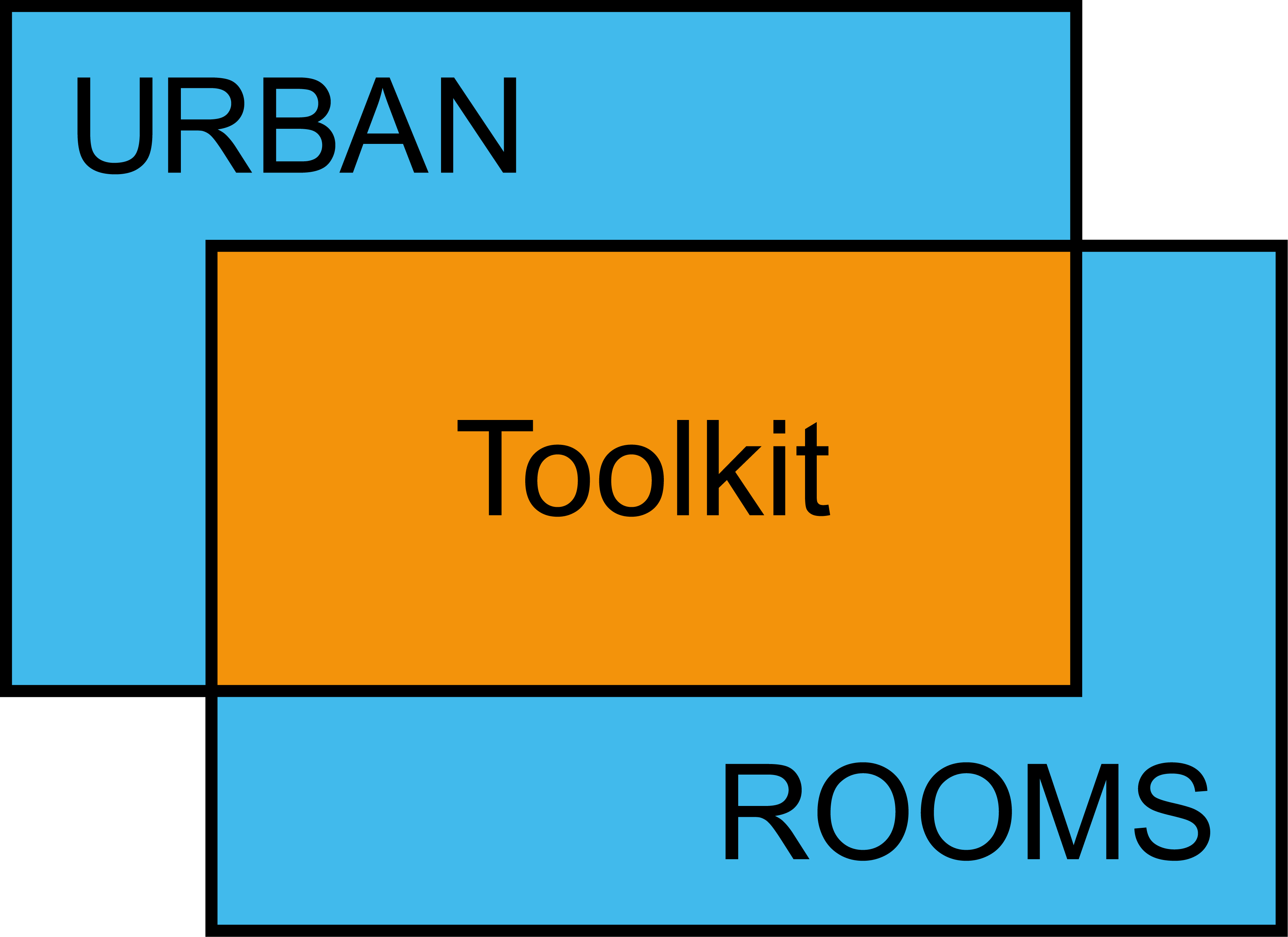


Group: Maps & Mapping
Method: Historic Maps
Description of Method:
A display of historic maps and other archive material in the Urban Room itself or as part of a digital engagement platform. This exhibition could include historic maps from different eras, highlighting specific buildings or features of interest, complemented by historic photos and archive material from local papers, registers, census data etc.
Purpose of Method:
To engage people in the history of their place and how it has changed over time. This method supports reflection on the built environment and opens up conversations about the ever-changing nature of the urban environment. The display can draw upon historical/heritage knowledge to inform future ambitions and to encourage a site- specific and locally relevant response in any future developments.
Suitable Audience:
People tend to be fascinated by the history of their place and the differences between then and now. There are many heritage-focussed ‘Friends of’ groups across the country who hold an enormous amount of information, material and knowledge about their local areas. Thes groups could help you support the Urban Room activities through Heritage Walks, Expert Guides and Trails. A heritage- focussed exhibition can also prompt the question ‘whose heritage?’ and open up new readings of heritage from under-represented groups in the local area to include stories and knowledge that is often overlooked.

UR Folkestone
Credit: UR Folkestone, Thierry Bal
Nottingham Broadmarsh
In 2020 Nottingham City Council engaged a wide range of local people in the future of the Broadmarsh shopping centre through an extensive digital platform ‘Big Conversation’ which featured a large amount of historic maps and information in order to set the context for the conversation about the area’s future.
Urban Analysis, Folkestone
UR Folkestone hosts a permanent exhibition of the ‘Urban Analysis’, a geographical and historical analysis of the town, showing its development from 10,000 BC-Present.
Group: Maps & Mapping
Method: Historic Maps
Description of Method:
A display of historic maps and other archive material in the Urban Room itself or as part of a digital engagement platform. This exhibition could include historic maps from different eras, highlighting specific buildings or features of interest, complemented by historic photos and archive material from local papers, registers, census data etc.
Purpose of Method:
To engage people in the history of their place and how it has changed over time. This method supports reflection on the built environment and opens up conversations about the ever-changing nature of the urban environment. The display can draw upon historical/heritage knowledge to inform future ambitions and to encourage a site- specific and locally relevant response in any future developments.
Suitable Audience:
People tend to be fascinated by the history of their place and the differences between then and now. There are many heritage-focussed ‘Friends of’ groups across the country who hold an enormous amount of information, material and knowledge about their local areas. Thes groups could help you support the Urban Room activities through Heritage Walks, Expert Guides and Trails. A heritage- focussed exhibition can also prompt the question ‘whose heritage?’ and open up new readings of heritage from under-represented groups in the local area to include stories and knowledge that is often overlooked.

UR Folkestone
Credit: UR Folkestone, Thierry Bal
Nottingham Broadmarsh
In 2020 Nottingham City Council engaged a wide range of local people in the future of the Broadmarsh shopping centre through an extensive digital platform ‘Big Conversation’ which featured a large amount of historic maps and information in order to set the context for the conversation about the area’s future.
Urban Analysis, Folkestone
UR Folkestone hosts a permanent exhibition of the ‘Urban Analysis’, a geographical and historical analysis of the town, showing its development from 10,000 BC-Present.
